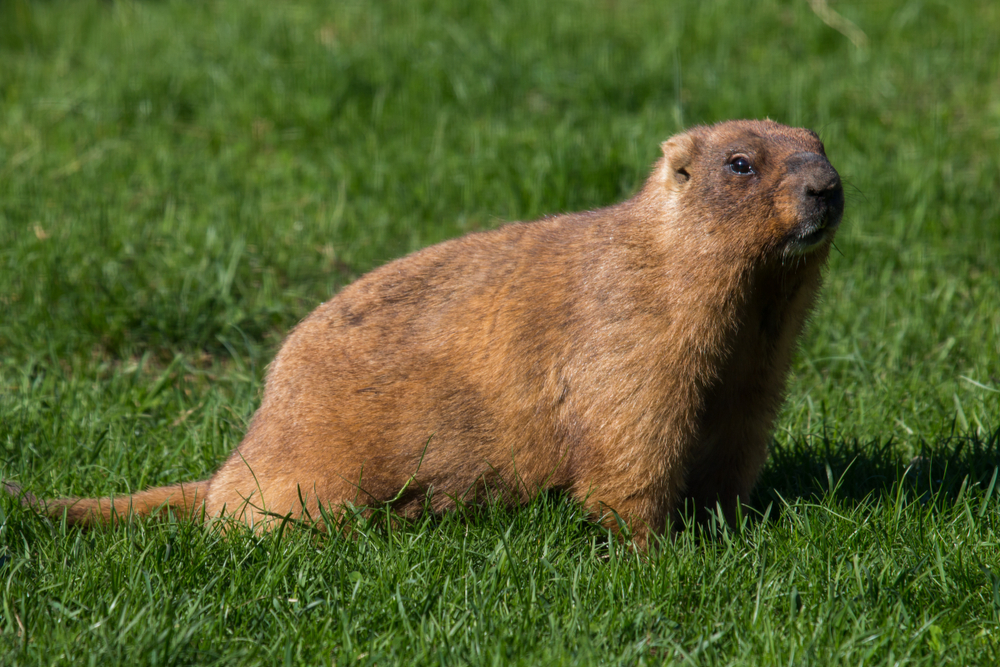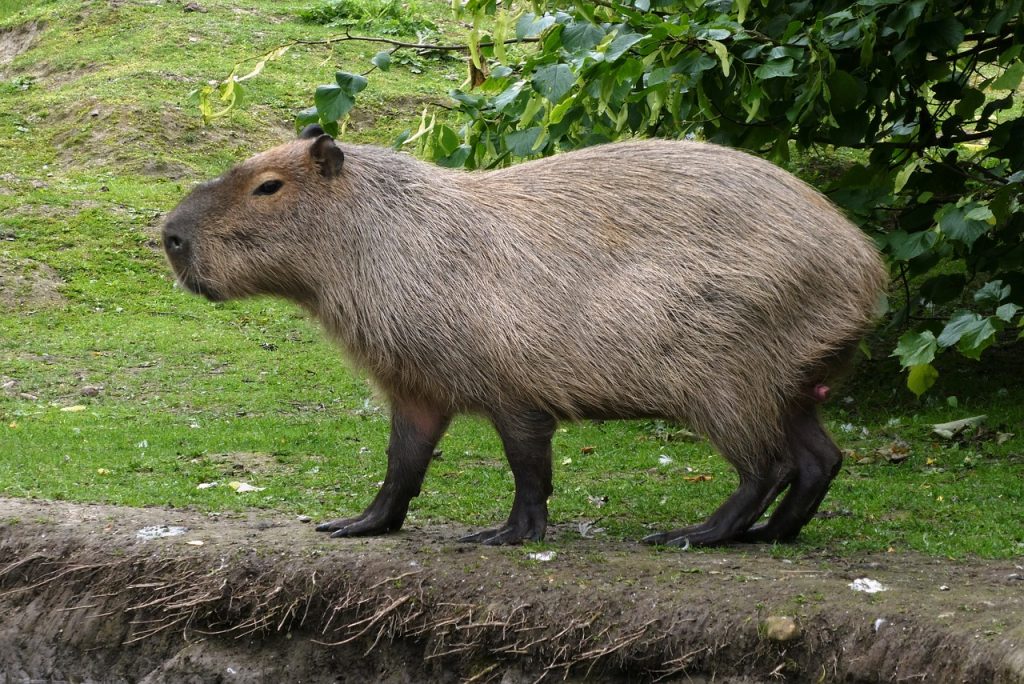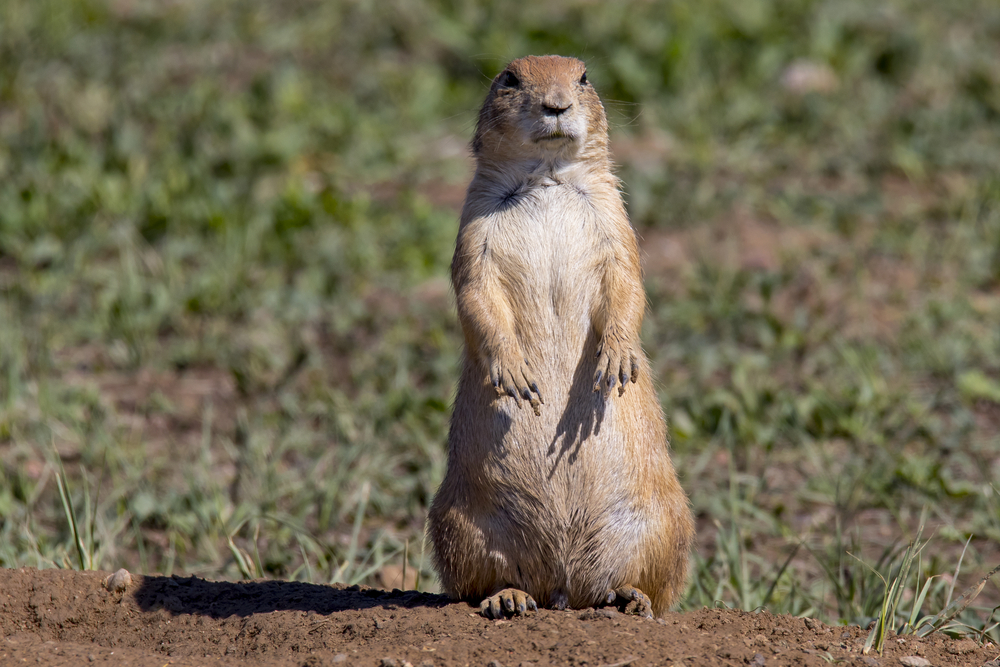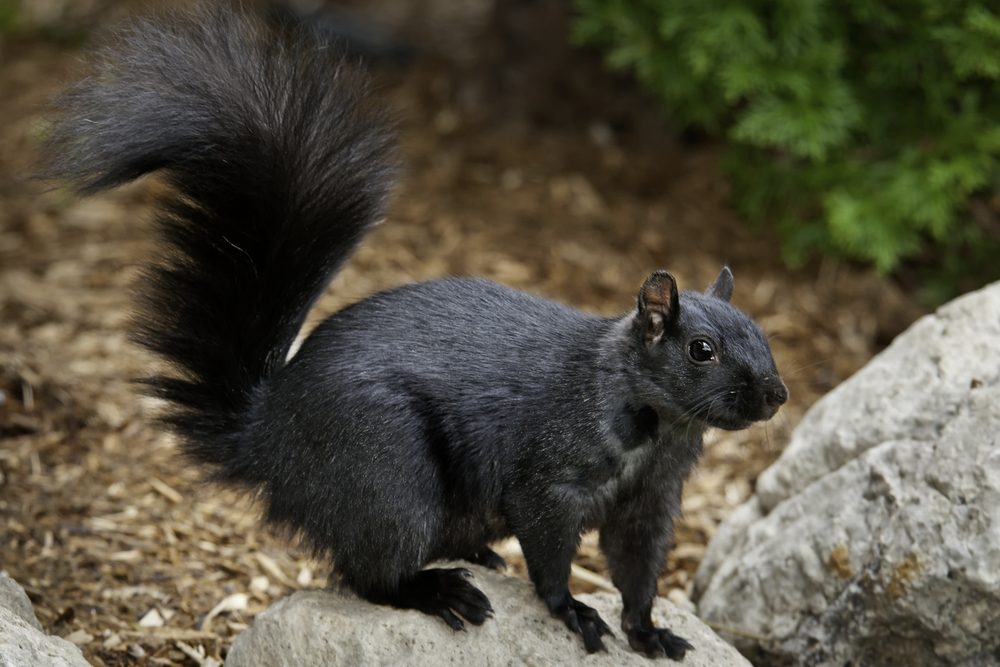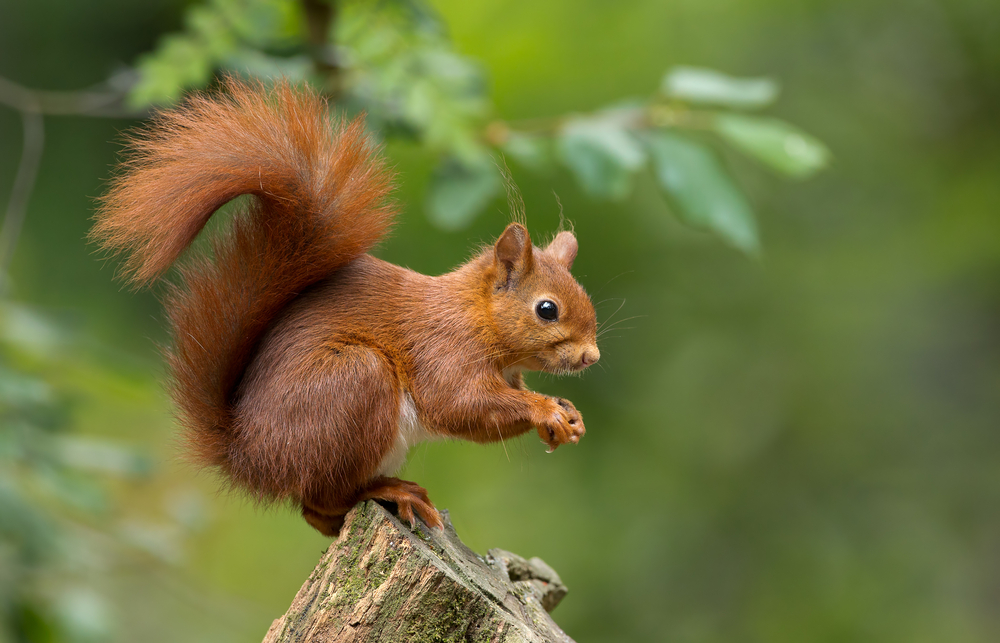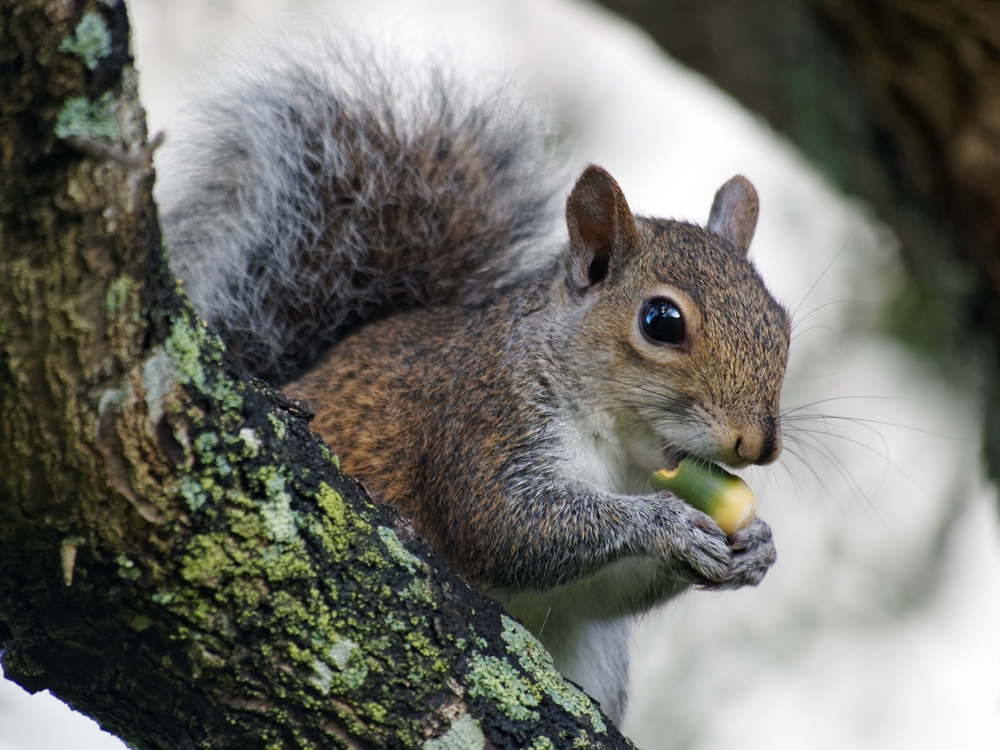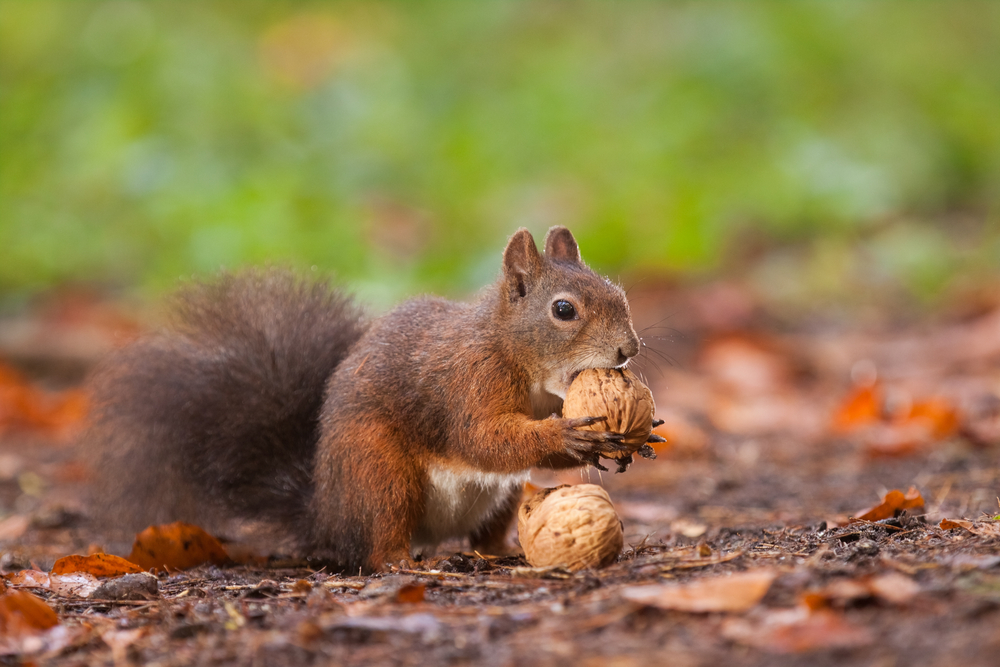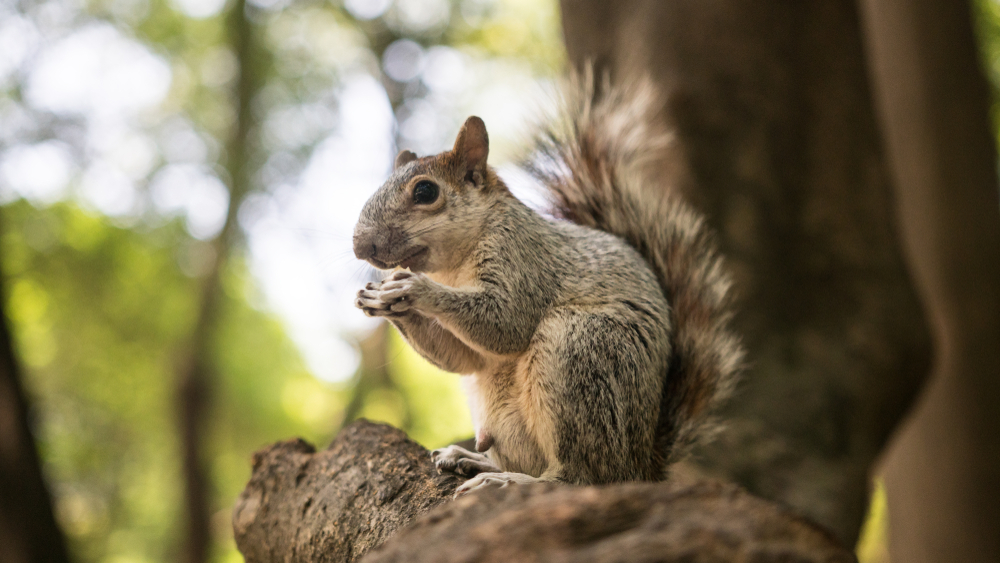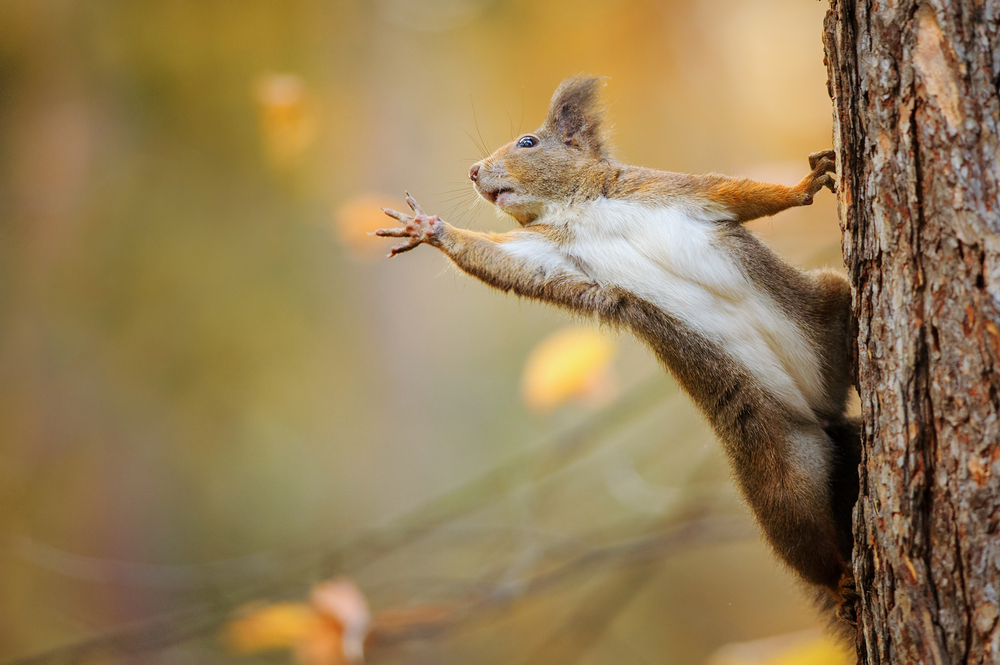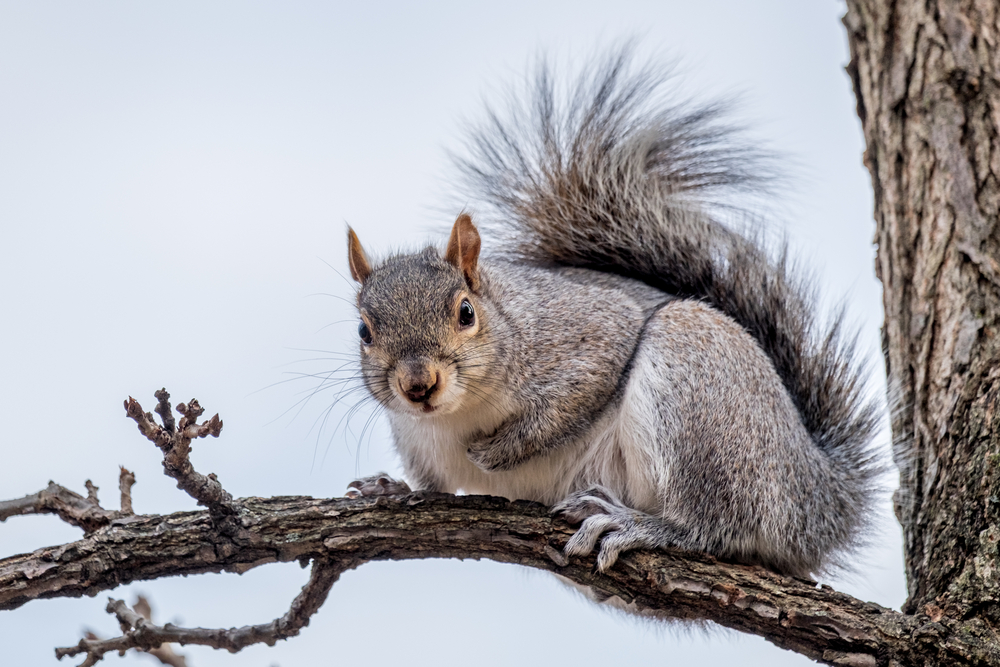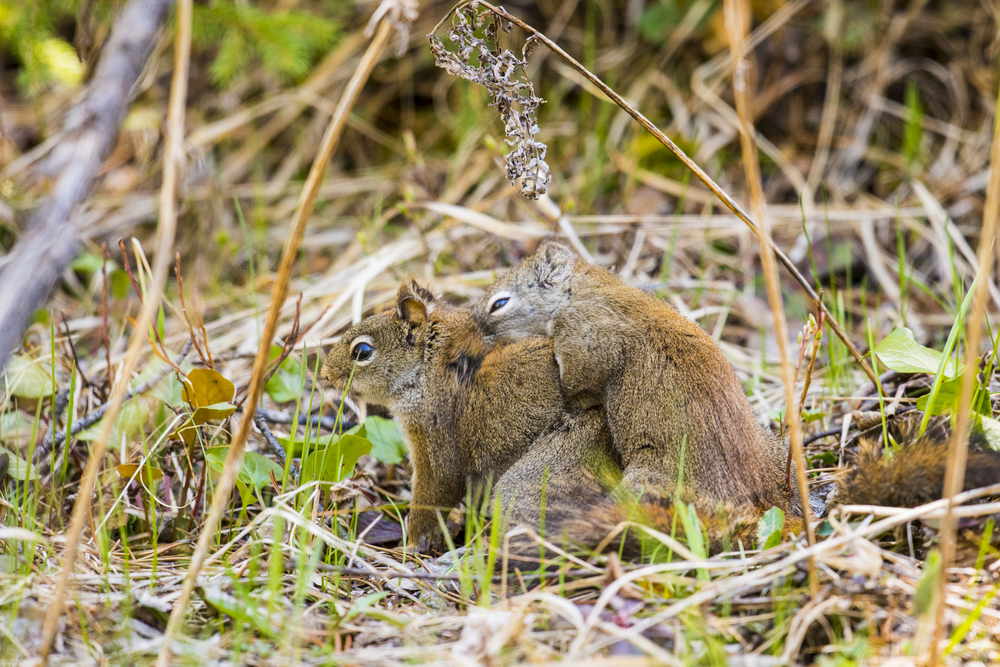There are over 200 different species of squirrels. They are broadly categorized into three main types: tree squirrels, ground squirrels, and flying squirrels.
- Tree Squirrels: These are the most commonly recognized type, often seen in parks and forests. They have long, bushy tails and are adept at climbing trees. Examples include the gray squirrel, red squirrel, and fox squirrel.
- Ground Squirrels: As their name suggests, these squirrels live on the ground rather than in trees. They include species like chipmunks, prairie dogs, and the groundhog or woodchuck. Ground squirrels tend to have shorter tails and are known for their burrowing habits.
- Flying Squirrels: These squirrels don’t actually fly, but they can glide between trees using a membrane between their front and hind legs. They are generally smaller and have large eyes adapted for their nocturnal lifestyle. Examples include the Northern flying squirrel and the Southern flying squirrel.
Each of these types includes numerous species adapted to various environments around the world, from tropical forests to arid deserts, making squirrels one of the most diverse and widespread groups of rodents.































































